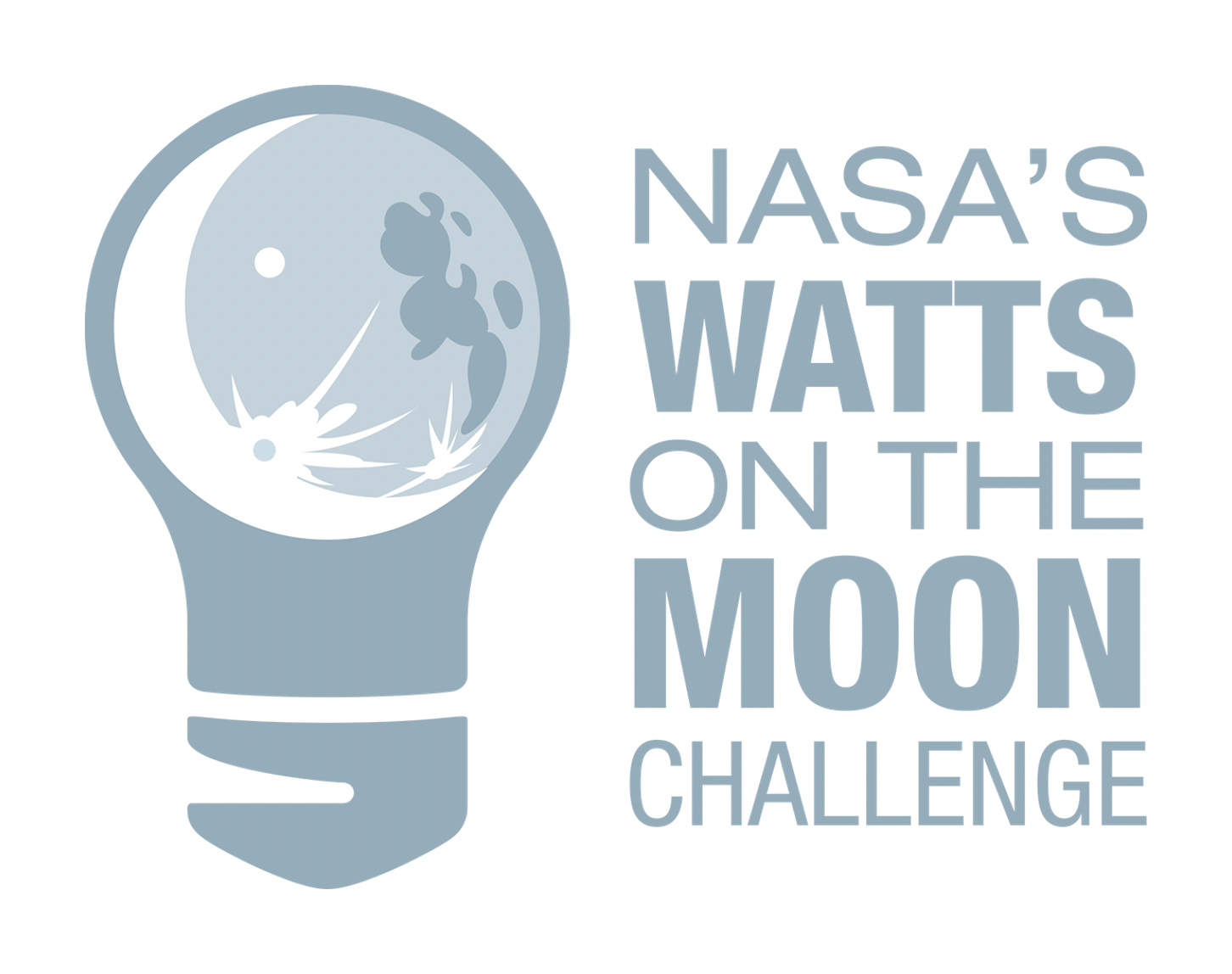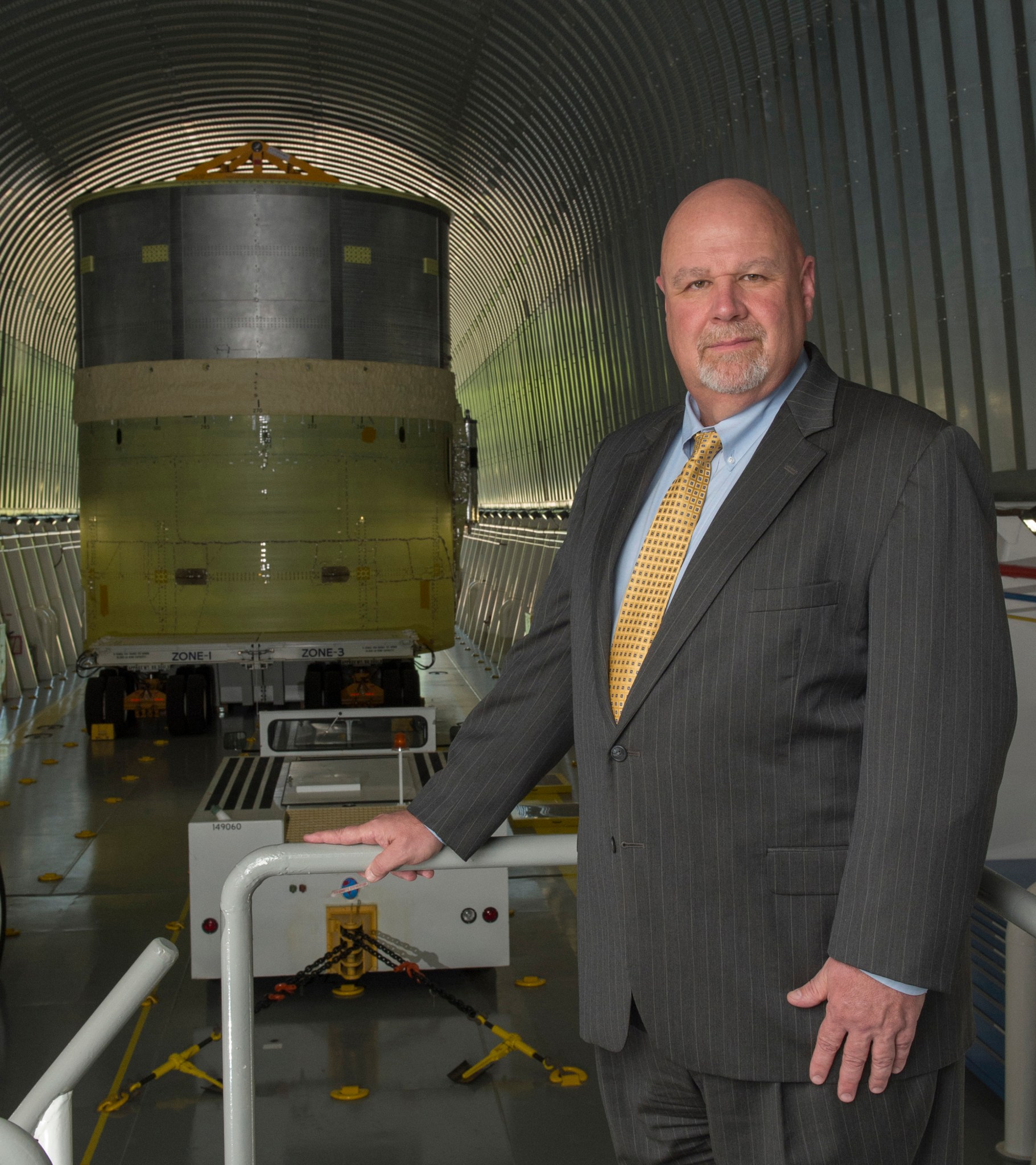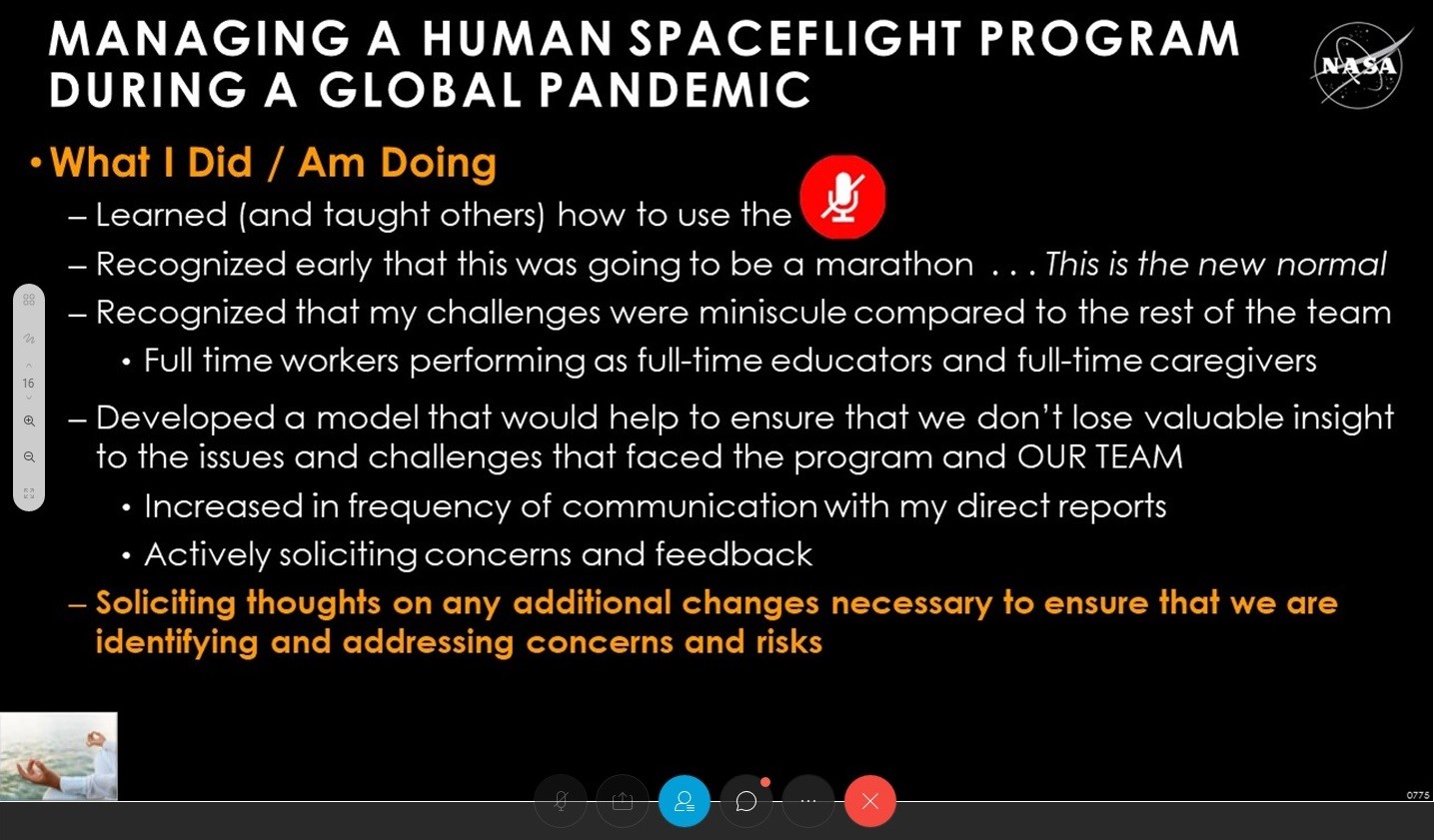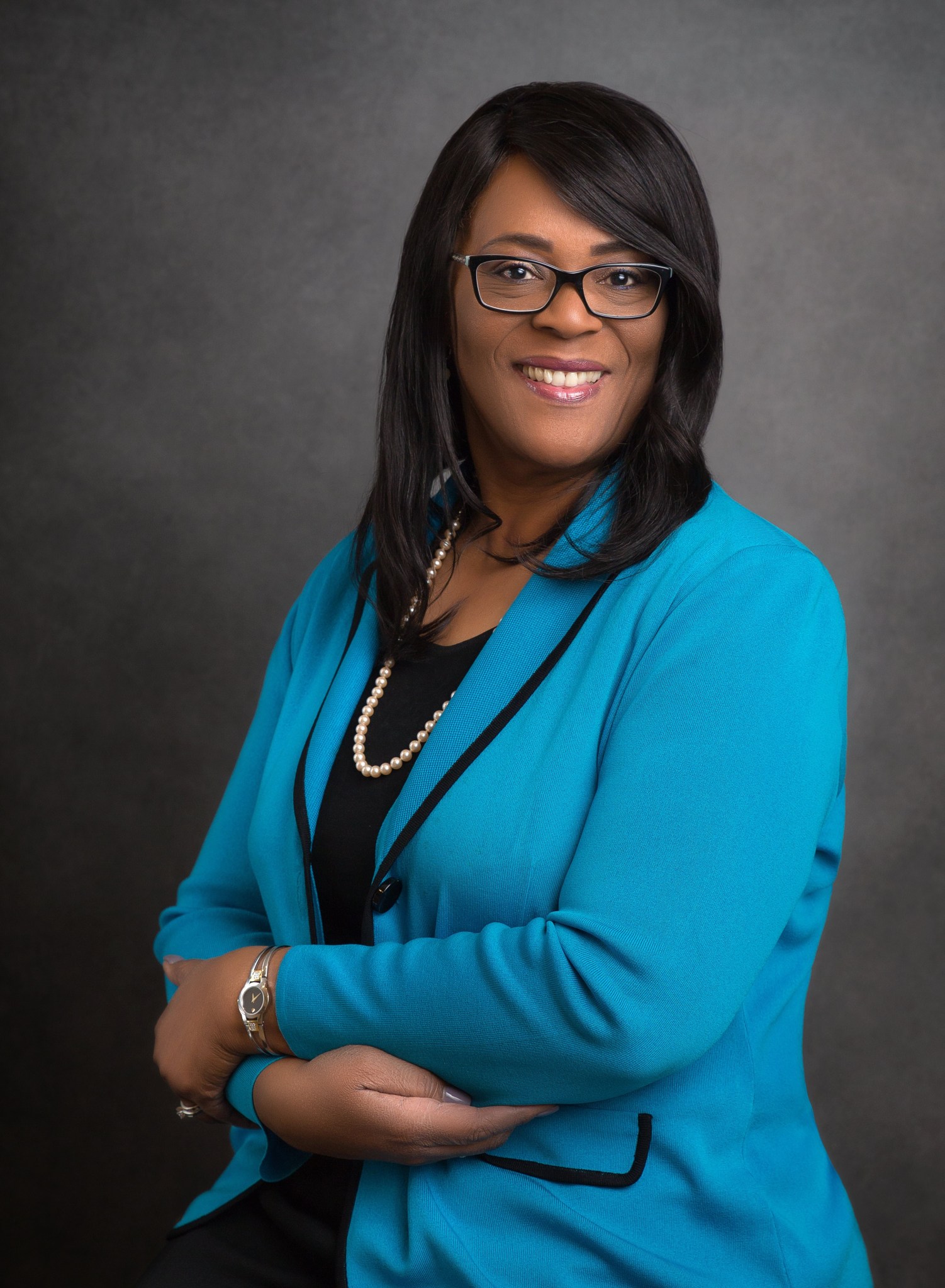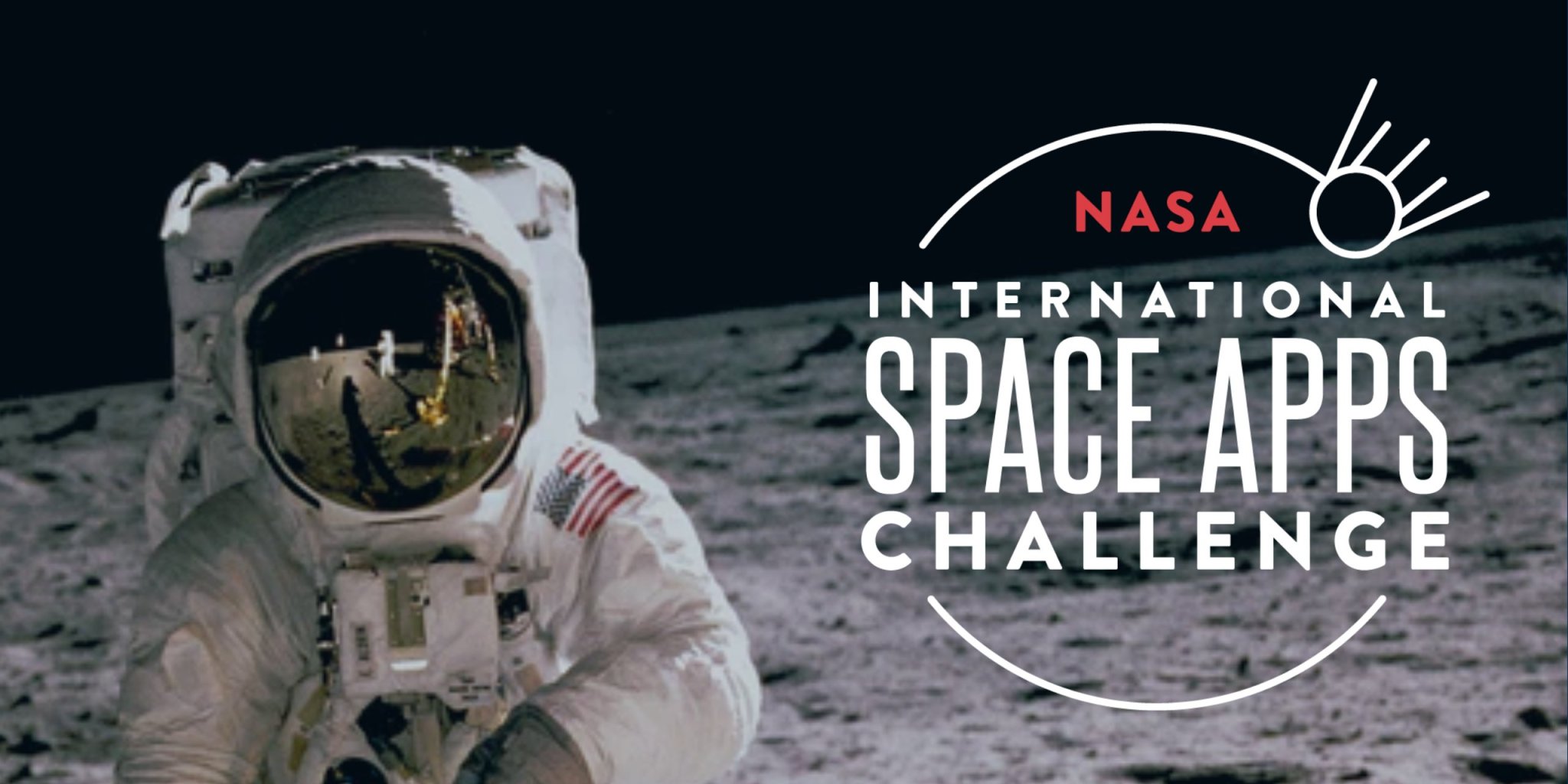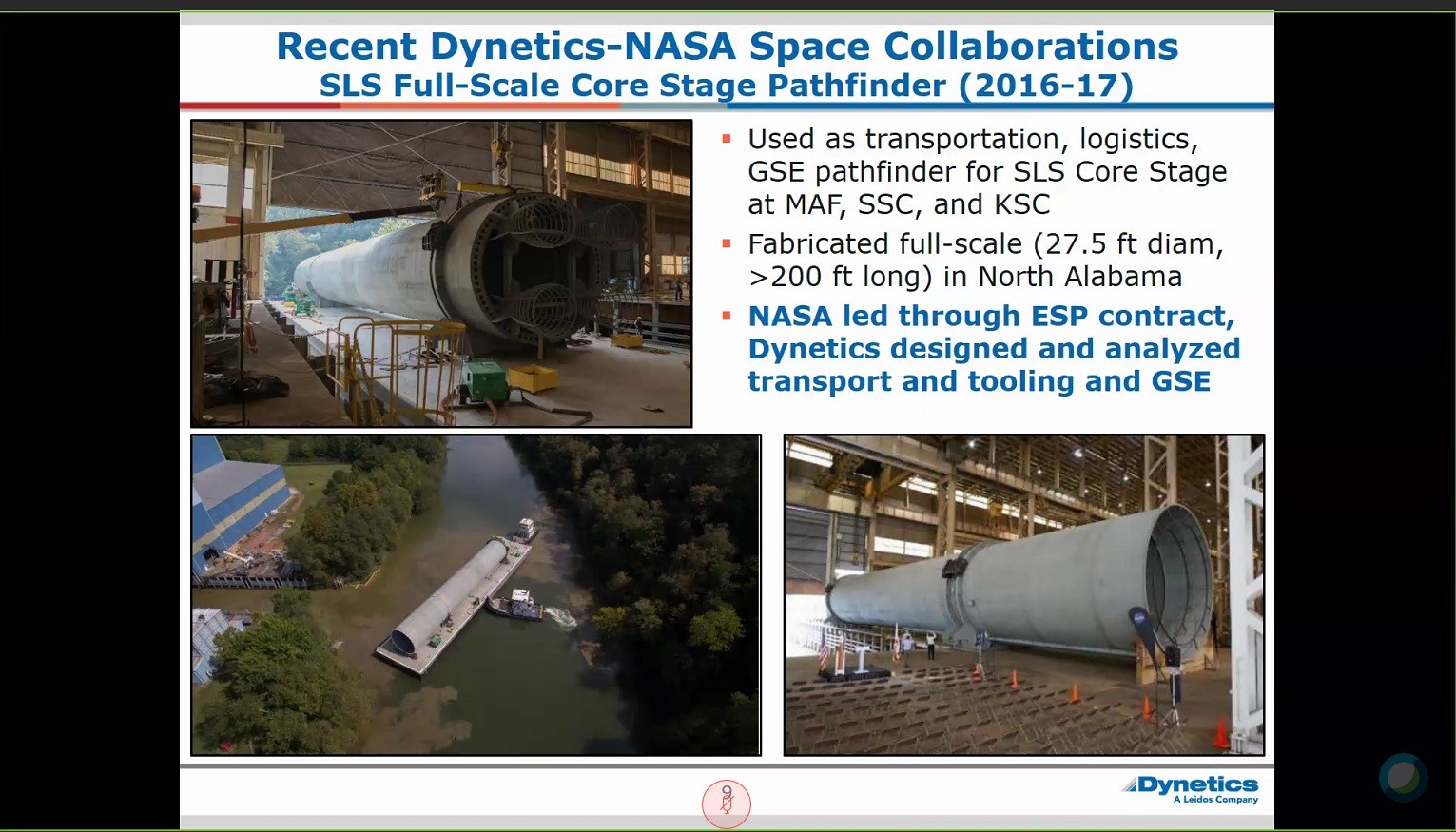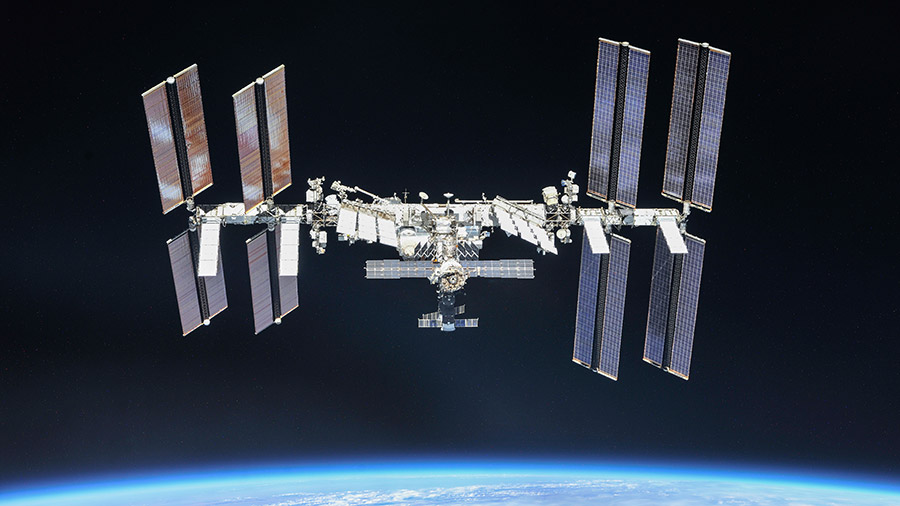In This Week’s Star
- NASA Seeks Ideas from Public for Powering Exploration on Moon
- John Honeycutt, SLS Program Manager, Shares Experiences and Lessons Learned When Leading During Difficulties
- NASA Astronaut Frank Rubio Headlines Marshall Hispanic Heritage Month Event
- Stay Safe and Keep Calm: Marshall to Host Virtual Safety Day Oct. 7
- Marshall, Alabama A&M Set for NASA Space Apps Challenge; Volunteer Judges, Mentors Sought
- Dynetics Director of Space Strategy Andy Crocker Discusses NASA Collaborations at Virtual Tech Talk
- STEM on Station Seeking Assistance for Student Payload Opportunity
- OSIRIS-REx Discovers Meteorites on Asteroid Bennu, Highlighted on ‘This Week @NASA’
- This Week in NASA History: STS-68 Launches – Sept. 30, 1994
NASA Seeks Ideas from Public for Powering Exploration on Moon
By: Amanda M. Adams
NASA’s Watts on the Moon Challenge – the agency’s newest public prize competition – is now open and accepting submissions. NASA invites innovative minds from across the United States to provide ideas for sustainable energy storage, distribution, and management on the lunar surface.
As part of the Artemis program, NASA will send astronauts to new areas of the Moon including the lunar South Pole, and prepare for human exploration of Mars. As noted in the agency’s recent lunar surface report, sustainable missions will require an unprecedented capacity for power. Astronauts will need a continuous supply of power from multiple sources to live and work on the Moon for long periods. A flexible and robust system for surface power is key to safe and robust lunar exploration.
“Operating throughout the lunar night creates some of the most demanding energy storage and thermal management challenges in our exploration of the solar system,” said Walt Engelund, deputy associate administrator for programs within NASA’s Space Technology Mission Directorate. “We are calling on the public for their fresh ideas to help us innovate power solutions for the Moon.”
On much of the Moon’s surface, daylight lasts a little over 14 Earth days, followed by 14 days of darkness and extremely cold temperatures. While sunlight is more available at the lunar poles, there are irregular periods of darkness and locations, like within craters, where the Sun never shines. Existing state-of-the-art power systems cannot operate in such harsh conditions or are too heavy and bulky for flight.
NASA is developing technologies to provide sustainable power through the extreme environments of the lunar night, including fission surface power, solar power, and regenerative fuel cells. The Watts on the Moon Challenge complements those efforts by focusing on technologies to distribute, manage, and store energy generated by different sources.
Similarly, terrestrial energy needs, utility business models, and customer demands for renewable energy are evolving to necessitate new solutions for power distribution, power management, energy storage, and thermal storage. Not only could novel solutions make a difference in lunar and space exploration, but technologies discovered during NASA’s Watts on the Moon competition could help facilitate new power options on Earth.
The Watts on the Moon competition will take place over multiple phases. For Phase 1, participants will develop a system capable of addressing one or more of three hypothetical mission activities similar to a real lunar mission. Solutions to this challenge will advance technology by developing energy distribution, management, and storage that can facilitate initial human presence on the Moon.
Individuals and teams interested in participating in the challenge can register and submit concept designs until 4 p.m. CDT on March 25, 2021. Winners will be awarded a portion of the $500,000 prize purse.
Depending on the outcome of the design competition, a second phase could task participants to build working prototypes that demonstrate their solutions. Phase 2 prizes are expected to total $4.5 million and could involve testing at a NASA or third-party facility.
The Watts on the Moon Challenge is managed by NASA’s Glenn Research Center, and is part of NASA’s Centennial Challenges, based at NASA’s Marshall Space Flight Center. Centennial Challenges is a part of the Prizes and Challenges program within NASA’s Space Technology Mission Directorate. NASA Centennial Challenges has contracted HeroX to support the execution of this challenge.
Adams, an LSINC Corporation employee, supports Marshall’s Office of Strategic Analysis and Communications.
John Honeycutt, SLS Program Manager, Shares Experiences and Lessons Learned When Leading During Difficulties
By Will Bryan
John Honeycutt, manager of NASA’s Space Launch System Program at NASA’s Marshall Space Flight Center, has 30 years in the spaceflight industry, helping ensure the systems that launch NASA’s intrepid astronauts into space work as they should. When they do not, he rolls up his sleeves to help figure out why and how to fix the issues.
On Sept. 17, in a virtual Mission Success is in Our Hands talk, Honeycutt shared three important experiences from his years as an engineer and leader at NASA: working on a sensor anomaly team, leading redesigns for the Space Shuttle Program’s Return to Flight following the Columbia accident, and leading the SLS program during the current pandemic.
In February 2008, STS-122 flew a mission to the International Space Station. The launch occurred following a delay due to a sensor anomaly in the external tank. Honeycutt shared the challenges and lessons learned having been part of the team that investigated and resolved the issue. He emphasized the importance of letting physics guide the investigation and corrections, the value of leveraging all data and external partnerships to look at the situation, and the significance of strong leaders who protect their teams so they can properly fix the technical issues.
In 2003, following the loss of space shuttle Columbia and the STS-107 crew, Honeycutt co-led the External Tank Interfaces review and served as lead engineer for the test, verification, and certification of all Return to Flight external tank redesigns. Key to successfully returning the Space Shuttle Program to active flight status, Honeycutt said, were numerous influences, including open and effective communications among leaders, technical partners, and stakeholders.
Today Honeycutt leads the team charged with developing SLS – a mission and effort made more complicated by the global pandemic. He shared some of his key values in working to be an effective, caring manager during a difficult time. They include being patient, staying focused but calling a time out when feeling distracted, checking on team members, and reminding himself and his team to always communicate when they have questions, ideas, or are feeling overwhelmed.
“Our job is hard, and the current situation adds complexity,” Honeycutt said.
Honeycutt began working with NASA and Marshall in 1990 as a space shuttle program propulsion systems engineer for Rockwell International. In 1999, he became a civil servant at Marshall, in the position of propulsion test article product development team lead and lead engineer. In 2015, he was selected to be manager of the SLS program.
Also during the virtual Mission Success event, Kate Caldwell and Jason LaVere – both Jacobs Engineering employees at Marshall supporting ground support systems for SLS – were recognized with Marshall’s 21st Golden Eagle Award for their efforts ensuring SLS components and test articles are moved and handled safely. The award is presented to those who make significant, identifiable contributions to flight safety and mission success.
Marshall’s Safety & Mission Assurance Directorate, with partner Jacobs Engineering, promotes awareness and appreciation for the connections between employees’ everyday activities, the overall success of NASA and Marshall missions, and the safety of astronauts through the Mission Success is in Our Hands program.
To learn more about the Mission Success is in Our Hands program, visit here.
Bryan, a Manufacturing Technical Solutions employee, supports Marshall’s Office of Strategic Analysis & Communications.
NASA Astronaut Frank Rubio Headlines Marshall Hispanic Heritage Month Event
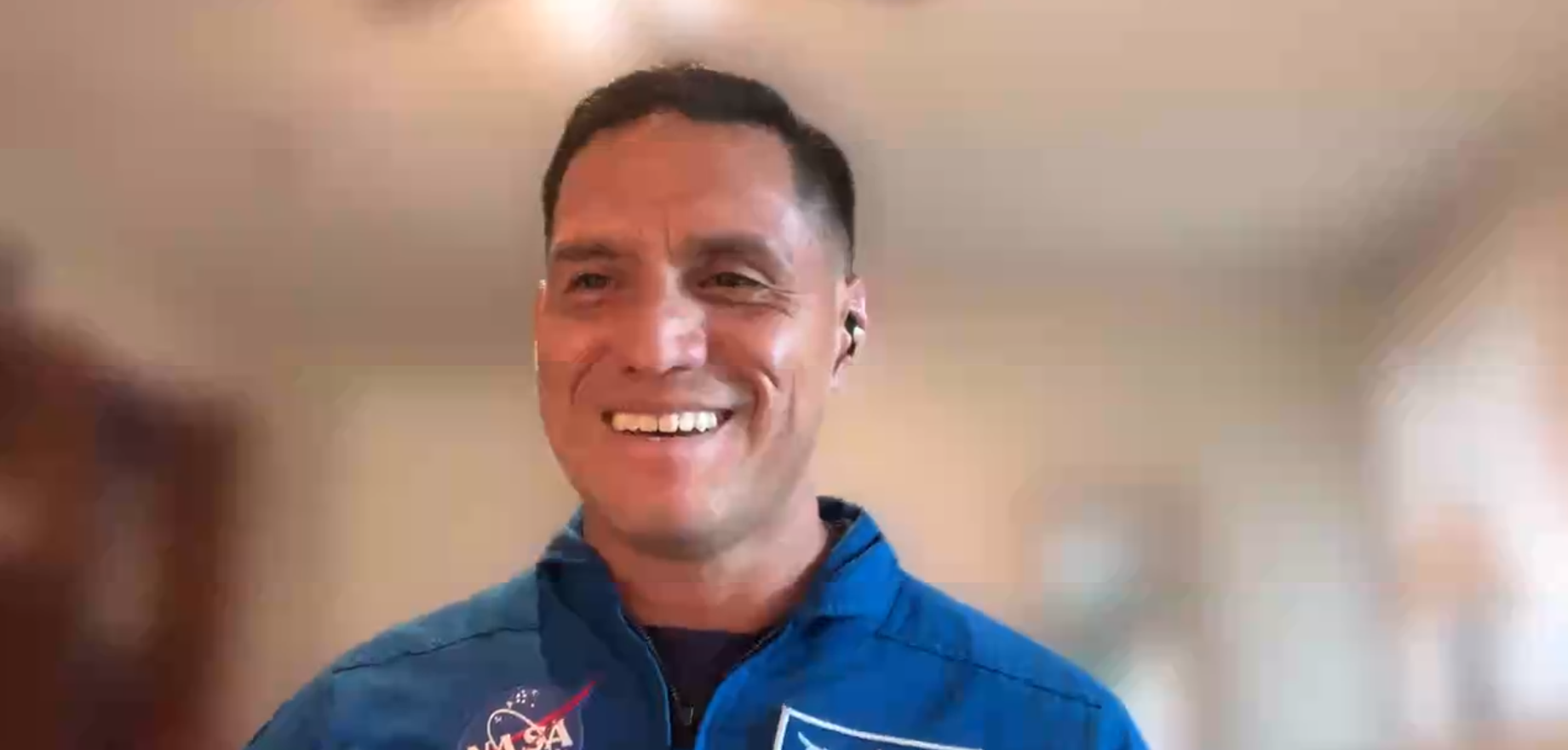
NASA astronaut Dr. Frank Rubio speaks to team members during Marshall Space Flight Center’s virtual Hispanic Heritage Month celebration Sept. 23. “I’m incredibly proud to be Hispanic, proud to be an El Salvadoran, but first and foremost I’m proud to represent NASA and the American culture,” Rubio said. Marshall Associate Director Steve Miley and Loucious Hires, director of Marshall’s Office of Diversity and Equal Opportunity, welcomed Rubio. Erika Alvarez, acting director of systems engineering and integration for the Advanced Exploration Systems Division at NASA Headquarters, moderated the event. A former U.S. Army helicopter pilot and combat veteran, Rubio was one of 12 men and women chosen for the 2017 astronaut class by NASA from more than 18,000 applicants. His virtual visit was hosted by Marshall’s Office of Diversity and Equal Opportunity, in partnership with the Hispanic Advisory Working Group. Hispanic Heritage Month runs from Sept. 15 to Oct. 15 each year. (NASA)
Stay Safe and Keep Calm: Marshall to Host Virtual Safety Day Oct. 7
By Taylor Goodwin
NASA’s Marshall Space Flight Center will hold virtual activities for its annual Safety Day on Oct. 7 from 9 a.m. to 4 p.m. This year’s theme is “Stay Safe and Keep Calm during Perilous Times.”
“In accordance with our current mandatory teleworking status in response to COVID-19, we want to focus on staying calm while remaining safe as we navigate our new work environments: our homes,” said Ruth Jones, chief of Marshall’s Industrial Safety branch, Marshall ombudsman, and chair of this year’s Safety Day committee.
Amanda Goodson, former director of Marshall’s Safety & Mission Assurance directorate, will open the day’s WebEx activities with a keynote address at 9:20 a.m.
As director of Safety and Mission Assurance, Goodson participated in over 35 successful launches. She has been a quality assurance director, information technology director, business operations leader, and strategy operations leader for multiple Fortune 500 companies. Goodson currently consults industry, nonprofit, and community organizations on strategy, business development, and customer engagement. She is a speaker and workshop facilitator as well as the author of over 25 books and workbooks.
Other Safety Day events include organizational activities at 10:30 a.m. and 2 p.m., and a Safety Day panel at 1 p.m. – featuring Terry Sterry, Marshall Employee Assistance Program coordinator; Roy Malone, director of Marshall’s Office of Center Operations; David Thaxton, Marshall’s occupational health officer; Rick Burt, Marshall’s director of Safety and Mission Assurance; and Loucious Hires, director of Marshall’s Office of Diversity and Equal Opportunity.
“Safety is a crucial part of our lives that determines our future,” Jones said. “Shortcuts in procedures or daily routines could change our lives forever. We want to assist the Marshall team in maintaining mental, emotional, and physical health during these unprecedented times.”
Visit the Marshall Safety Day page on Inside Marshall for a full schedule of events, registration link, and more information.
Goodwin, a Media Fusion employee, supports Marshall’s Office of Strategic Analysis & Communications.
Marshall, Alabama A&M Set for NASA Space Apps Challenge; Volunteer Judges, Mentors Sought
By Rick Smith
Citizen programmers, coding enthusiasts, storytellers, and designers around the world are flexing their fingers and stocking up on caffeine for the ninth annual NASA International Space Apps Challenge, the 48-hour global hackathon that challenges individuals to use NASA – and this year, partner space agencies – open data to tackle a variety of practical, real-world problems on Earth and in space.
The theme for this year’s all-virtual coding marathon, set for Oct. 2-4, is “Take Action,” a reminder that innovative code writing can benefit people worldwide. The 2020 challenge will be regionally hosted by Alabama A&M University in coordination with NASA’s Marshall Space Flight Center. Sites around the world will host tandem events.
Marshall hosted the international event from 2018-2019 – and organizers are calling on Marshall team members to support the cause by serving as mentors, event judges, and more. More information about judging is available here. To sign up to volunteer, go here.
“We’re honored to join with NASA and its global counterparts to carry on this tradition of achievement, innovation, and creativity,” said Ed Pearson, organizing committee chair at Alabama A&M. “More than 200 unique Space Apps Challenge events took place in 2019 alone, spanning more than 70 countries. In a year defined by virtual connectivity, we hope to see even greater global engagement than ever before.”
“We like to celebrate NASA’s communities like Huntsville, home to so many inventive minds and visionary ideas,” said Sandra Cauffman, deputy director of the Earth Science Division at NASA Headquarters. “But NASA’s impact does not stop at the city’s edge, or at county or state lines. NASA’s innovation and vision is a shared quest among people of imagination and foresight all over the world. The Space Apps Challenge seeks to embrace that global ingenuity for the good of the people of our planet.”
Each year, the world-wide hackathon – which complements NASA Centennial Challenges, various STEM-themed competitions, and design challenges – offers a variety of challenges devised by NASA experts and other professionals. Some are designed to support and enhance scientific investigation and environmental awareness. Others seek ways to organize and share data for public use. Still others pursue creative games, tools, and interactive platforms to help engage and inform younger generations about their world and the universe beyond. Categories are broken up along these broad lines:
- Observe: Devise tools to make space-based and ground-based Earth observation data more accessible and useful for scientists, decision-makers, and the public.
- Inform: Come up with effective ways to engage others about scientific and historical information.
- Sustain: Develop ways to take action to sustain our home planet for future generations, and to sustain human life in the harsh conditions of space.
- Create: Imagine, build, and create awareness via art, hardware, and technology.
- Confront: Making technology a tool for change, tackle a variety of social and environmental issues at local, national, and global levels.
- Connect: Develop new ways to leverage the worldwide network of people and ideas contributing to humanity’s space-based missions on and beyond Earth.
- Participants may even invent their own challenge for other hackers to help resolve. These entries are not eligible for global judging.
Online check-in for the Huntsville regional event will begin Oct. 2, at 8 a.m. The event will kick off at 5:30 p.m. with opening remarks from the NASA global team and speakers from Alabama A&M and Marshall. The Huntsville hackathon will start at 8 a.m. Oct. 3, and the awards ceremony and closing events will begin at 3 p.m.
Challenges are as varied and imaginative as the people who create them. Marshall engineer Dan O’Neil, a frequent Space Apps contributor, created the “Virtual Planetary Exploration” challenge, intended to help prepare a practical array of research tools and reference information for Artemis Generation explorations of the lunar surface. His friend and colleague Andrew Denio, an information technology specialist at Marshall, devised a pair of tasks: “Can You Hear Me Now?” which seeks interactive applications to aid communications between Earth and future explorers on Mars, and “Putting the Art in Artemis,” which strives to inform and inspire audiences with original art celebrating humankind’s road to Mars.
“I love opportunities to inform the public about NASA’s work, and to engage students, entrepreneurs, and citizen scientists in our missions,” O’Neil said.
Tracie Prater, a Marshall materials engineer who devised the new “Space Exploration in Your Backyard” challenge, routinely visits K-12 classrooms to talk about NASA – and it gave her an idea.
“I’ve found that many students assume that if they’re not near a NASA center, there’s no aerospace work in their vicinity,” she said. “I wanted to see if we could use Space Apps to show the public how space exploration, science, and technology development touch nearly every state and region of the country.”
Utilizing resources such as NASA’s Small Business Innovative Research database, university awards announcements, and other NASA contractor and partner data, her challenge seeks to identify the spectrum of large and small businesses, academic institutions and even “garage innovators” in any given area of the country who directly contribute to NASA’s space exploration and aeronautics work.
“Good ideas can come from anywhere,” Prater said. “I can’t wait to see what hackathon participants come up with this year!”
This year, Space Apps is partnering with the European Space Agency, the Japan Aerospace Exploration Agency, the Canadian Space Agency, and France’s National Centre for Space Studies. In addition, more than 400 volunteer judges, experts, Ambassadors, and Local Leads will be supporting the event. To learn more, follow the event on Twitter, Facebook, and Instagram, or visit here.
Smith, a Manufacturing Technical Solutions employee, supports Marshall’s Office of Strategic Analysis & Communications.
Dynetics Director of Space Strategy Andy Crocker Discusses NASA Collaborations at Virtual Tech Talk
Andy Crocker, director of space strategy at Huntsville-based Dynetics, presented a virtual Tech Talk on Sept. 24.
Crocker focused on past, current, and potential collaborations between Dynetics and NASA’s Marshall Space Flight Center. Past partnerships include the lunar landing test bed cold gas propulsion system (2008-2009) and the Fast, Affordable, Science and Technology Satellite – FASTSAT – program (2009-2014).
Dynetics has also partnered on multiple projects in support of NASA’s Space Launch System rocket. In 2016-2017, the company fabricated the SLS core stage pathfinder test article that the SLS team uses to test and refine shipping and handling procedures before moving flight hardware. Dynetics is also currently developing the universal stage adapter for the Block 2 version of SLS.
Crocker, a trained aerospace engineer, has worked in the aerospace industry for more than two decades, including the last 11 years at Dynetics.
The Tech Talk series is presented by the Chief Technologist’s Office at Marshall.
STEM on Station Seeking Assistance for Student Payload Opportunity
To celebrate 20 years of continuous human presence on the International Space Station, STEM on Station will fund five payloads to and from the station through the Student Payload Opportunity with Citizen Science.
Teams of students from institutions of higher learning will propose research related to bacteria resistance or sustainability research, and build an experiment that will launch to the station. Requirements for the duration of the opportunity include a K-12 citizen science element and educational outreach.
“SPOCS is part of our overall STEM celebration of the ISS 20th anniversary,” said Carrie Olsen, project manager for Next Gen STEM for NASA. “Citizen science allows students to meaningfully contribute to real-world research.”
STEM on Station is looking for NASA civil servants or contractors to serve as technical reviewers or to mentor teams.
“We are not targeting reviewers and mentors from any specific background,” Olsen said. “We are needing a diverse group of professionals to interact with SPOCS teams.”
Technical reviewers would score proposals based on scientific merit and have three to four weeks to score the proposals – 26 letters of intent to put forth a proposal have been received, thus far. Mentors would provide a NASA connection and support in their area of specialty and tag up with teams every other week.
Those interested in participating should contact SPOCS coordinators Scott Black or Jessica Sain, or STEM on Station activity manager Becky Kamas.
For almost 20 years, astronauts have continuously lived and worked on the space station, testing technologies, performing science, and developing the skills needed to explore farther from Earth. The station remains the sole space-based proving ground for reaching to the Moon in 2024 through NASA’s Artemis program. NASA’s Marshall Space Flight Center manages science operations aboard the station.
OSIRIS-REx Discovers Meteorites on Asteroid Bennu, Highlighted on ‘This Week @NASA’
NASA’s OSIRIS-REx mission has made a new discovery and is featured in “This Week @NASA,” a weekly video program broadcast on NASA-TV and posted online.
The OSIRIS-REx spacecraft spotted pieces of asteroid Vesta that are somehow on asteroid Bennu, from whose surface OSIRIS-REx will attempt to collect a sample in late October. It is believed that the material came from Bennu’s parent asteroid after a fragment from Vesta struck the parent. This sheds light on the violent origin of Bennu, which formed from fragments of a massive collision.
OSIRIS-REx is a project of the Science Mission Directorate’s New Frontiers Program, managed by NASA’s Marshall Space Flight Center.
View this and previous episodes at “This Week @NASA” on NASA’s YouTube page.
This Week in NASA History: STS-68 Launches – Sept. 30, 1994
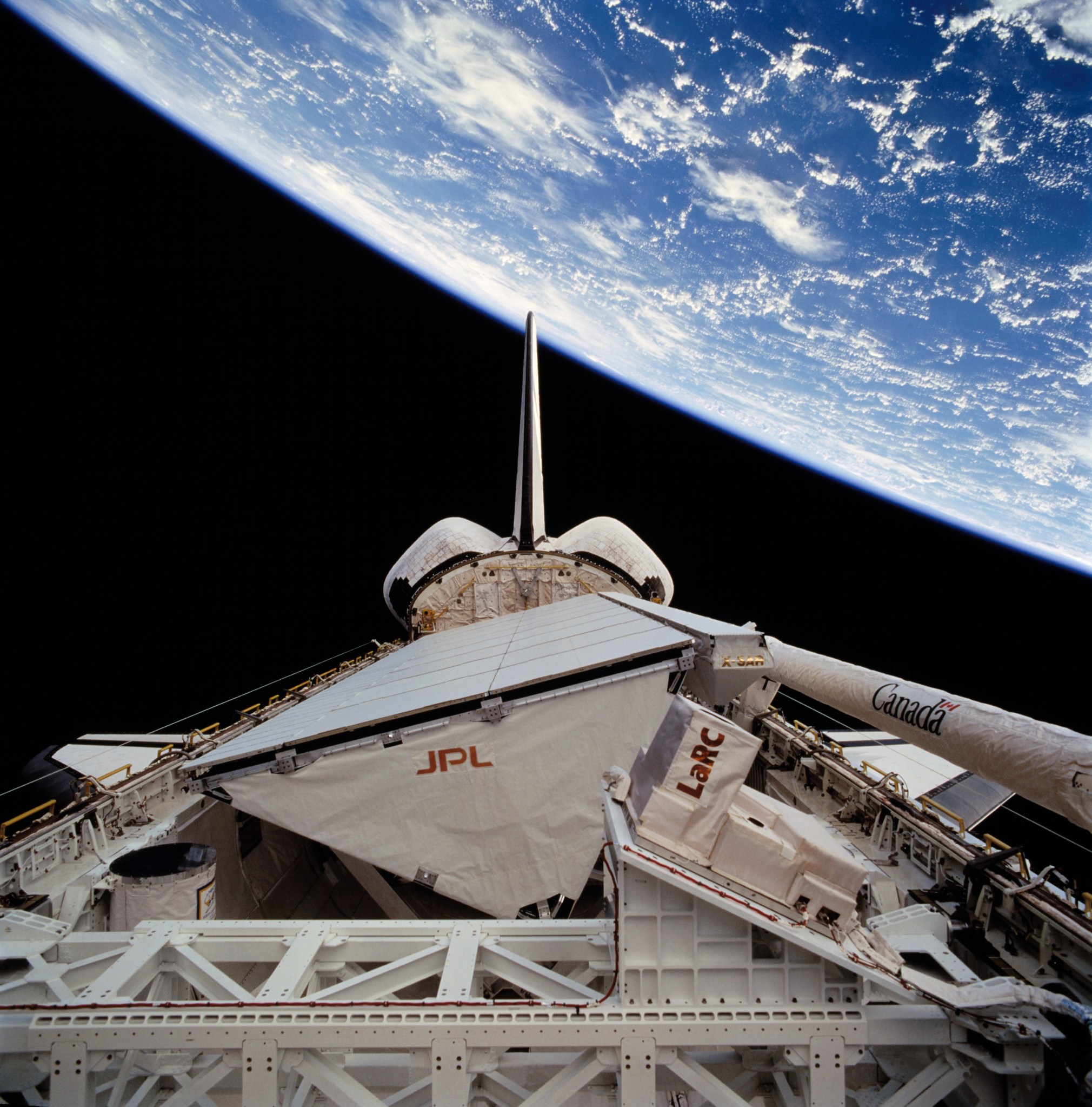
This week in 1994, space shuttle Endeavour, mission STS-68, launched from NASA’s Kennedy Space Center. Endeavour carried the Space Radar Laboratory on the lab’s second flight. Flying SRL, part of NASA’s Mission to Planet Earth, during different seasons allowed comparison of environmental changes between first and second flights. Here, the SRL-2 is seen in Endeavour’s cargo bay. The NASA History Program is responsible for generating, disseminating, and preserving NASA’s remarkable history and providing a comprehensive understanding of the institutional, cultural, social, political, economic, technological, and scientific aspects of NASA’s activities in aeronautics and space. For more pictures like this one and to connect to NASA’s history, visit the Marshall History Program’s webpage. (NASA)




























